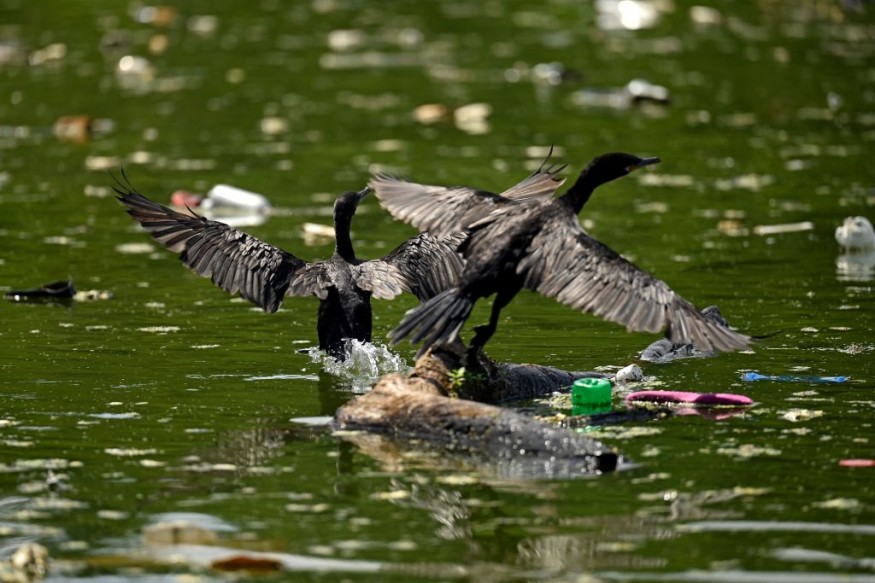
A recent study suggested that endangered birds may be feeding their young plastic from oceanic floating garbage patches.
Floating Garbage Patches
According to a recent study, threatened seabirds spend days and even weeks searching for food near floating rubbish patches in the ocean.
This study cautions that urgent global action is required to combat plastic pollution.
The study employed tracking information from over 7000 birds along with information on the locations of plastic pollution to map the danger of plastic exposure for 77 species of petrels, a group of migratory seabirds.
It was discovered that 25% of all exposure to plastic for seabirds occurs outside of national boundaries, primarily in enormous floating garbage patches like the Great Pacific Garbage Patch.
According to Bethany Clark, a team member of the nonprofit BirdLife International, birds might remain anywhere from a few hours to many weeks scavenging for food in these areas of high pollution.
Because they need to return home to nurse their chicks, Clark added that during the breeding season, they spend less time at pollution hotspots.
But even then, it can take a while, and during the non-breeding season, it might take weeks.
According to earlier research, plastic can become lodged in seabirds' stomachs and result in blockages and poisoning. It has also been observed that petrels feed their chicks plastic waste that they have regurgitated.
Endangered and Threatened Birds
The fact that some of the most endangered bird species, including shearwaters and Hawaiian petrels, are also among those with the highest exposure to ocean plastic, is alarming.
According to Clark, several of these seriously endangered species are also harmed by needing to forage in places with a lot of plastic.
Given that a significant amount of plastic exposure occurs outside of national borders, Clark is urging nations to collaborate on global solutions to address the causes of pollution.
She suggested that two practical initial steps would be to restrict fishing vessel plastic waste and lessen the use of single-use plastics.
In their investigation, species were assigned an "exposure risk score" to represent the likelihood that they would come into contact with plastic while at sea.
The Balearic Shearwater, a critically endangered bird that breeds in the Mediterranean, and the endemic Newell's Shearwater of Hawaii were among the previously threatened species that received high scores, Science Daily reported.
Plastic Pollution
A global, legally binding convention to reduce plastic pollution is also being developed by nations as part of the United Nations process; it may become operative in 2025.
The study did not evaluate how much plastic ended up being consumed by various populations and species; instead, it solely took into account the exposure risk that the birds encountered.
According to Lizzie Pearmain, a team member from the University of Cambridge, that is a topic for further study.
In the future, she said, if their team discovers that two distinct populations consume more or less plastic than would be expected based just on spatial overlap, they will be able to determine whether the birds are purposefully avoiding it or are more prone to consume it, New Scientist reported.
The study, done by Clark, Pearmain, and their team, was published recently in the journal Nature Communications.
© 2025 NatureWorldNews.com All rights reserved. Do not reproduce without permission.





